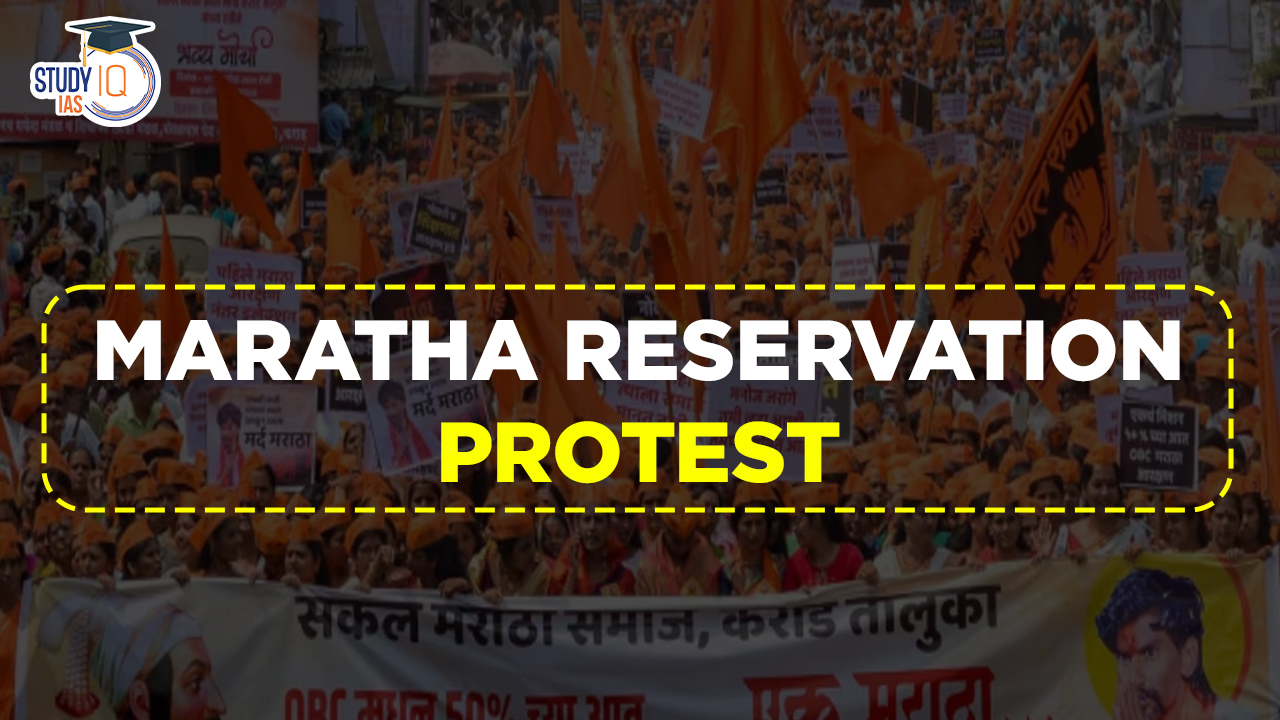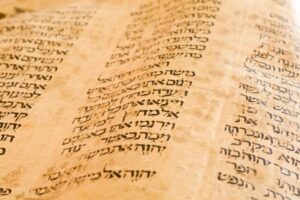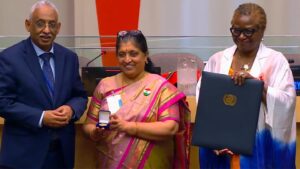Table of Contents
Protests over the issue of the Maratha reservation have taken a violent turn in Maharashtra, with incidents of vandalism, arson, and property damage. The unrest follows an indefinite fast by activist Manoj Jarange, adding intensity to the agitation. In response to the Maratha Reservation Protest, the government has issued prohibitory orders, and the Maharashtra Chief Minister is urging patience and promising a positive decision.
What is Maratha Reservation Issue?
The Maratha Reservation Issue centres on the demand for reservation quotas in education and government employment for the Maratha community in Maharashtra. Despite their political influence and historical significance, a substantial portion of the Maratha population claims to suffer from socio-economic disadvantages. This led to the call for reservations to rectify these disparities.
In 2018, the Maharashtra government enacted a law granting a 16% reservation for Marathas, but legal challenges arose, contending that it exceeded the Supreme Court’s 50% cap on reservations. In 2020, the Supreme Court upheld the Maratha reservations but reduced the quotas to 12% for education and 13% for jobs. This issue underscores the intricate balance between social justice and legal boundaries in India’s reservation policies.
Who are the Marathas?
The Marathas are historically identified as a “warrior” caste in Maharashtra, India. They mainly consist of peasant and landowning groups and makeup nearly one-third of the state’s population. While most Marathas speak Marathi, not all Marathi-speaking people are considered Marathas. Historically, the Marathas have been a politically dominant community in Maharashtra, with a significant presence in the state’s political landscape. Know all about the Maratha Kingdom in detail here.
History of Maratha Reservation
The Maratha Reservation issue in Maharashtra, India, traces back to 1997 when the Maratha community, predominantly agrarian, demanded reservation in government jobs and education. In 2018, they were classified as Socially and Educationally Backward and granted a significant 16% reservation. In 2019, the reservation was upheld but recommended to be reduced to 12%.
However, in 2021, the Supreme Court struck down these provisions, citing the 50% cap on total reservations set in 1992. The Maratha reservation saga reflects a complex journey of demands, classifications, and legal challenges in the pursuit of social and economic justice for this historically influential community.
| Year | Key Events |
| 1997 | – Maratha Sangh and Maratha Seva Sangh organized the first major Maratha protest for reservation in government jobs and educational institutions. – Protesters argued that Marathas were essentially Kunbis, members of the agrarian community. |
| 2018 | – The Maratha community was classified as Socially and Educationally Backward (SEBC) and granted 16% reservation in jobs and education. |
| 2019 | – The court upheld the reservation but recommended reducing the quota to 12%. |
| 2021 | – The Supreme Court struck down the provisions of the Maharashtra law providing reservation to the Maratha community. – Maratha reservation percentages of 12% (in education) and 13% (in jobs) exceeded the 50% total reservation cap set by the Supreme Court in 1992. |
Maratha Quota in Reservation
The Marathas, a diverse group of castes including peasants and landowners, make up around 33% of Maharashtra’s population. However, in 2021, the Supreme Court of India invalidated the Maratha reservation policy. The court ruled that state reservations should not surpass the 50% threshold. The Maratha reservation, which allocated 12% for education and 13% for jobs, had raised the total reservation limit to 64% and 65%, respectively.
We’re now on WhatsApp. Click to Join
Government’s Response on Maratha Reservation Protest
The recent agitation led by Maratha activist Manoj Jarange-Patil escalated to a 17-day hunger strike. The protests included clashes between the police and protesters, resulting in injuries to both sides. The state government issued a Government Resolution (GR) based on a Cabinet decision to grant Kunbi caste certificates to certain members of the Maratha community, along with an older GR from 2004 promising reservations to eligible Maratha-Kunbis and Kunbi-Marathas. However, these measures did not satisfy Jarange-Patil, who ended his fast after Chief Minister Eknath Shinde requested time to address the legal complexities of the issue.
Maratha Reservation Protest UPSC
The Maratha Reservation Protest in Maharashtra revolves around the demand for reservation quotas in education and government employment for the Maratha community. Historically identified as a “warrior” caste, the Marathas constitute a significant portion of the state’s population and have faced socio-economic disparities. In 2018, Maharashtra granted a 16% reservation, later reduced to 12% in education and 13% in jobs. However, the Supreme Court invalidated these provisions in 2021, citing the 50% cap on total reservations. The recent protest, led by activist Manoj Jarange-Patil, escalated to a 17-day hunger strike, resulting in clashes between the police and protesters and injuries on both sides.


 India to Host First Global Conference on...
India to Host First Global Conference on...
 How Terror Networks Abuse Digital Tools
How Terror Networks Abuse Digital Tools
 United Nations Population Award 2025: Va...
United Nations Population Award 2025: Va...





















